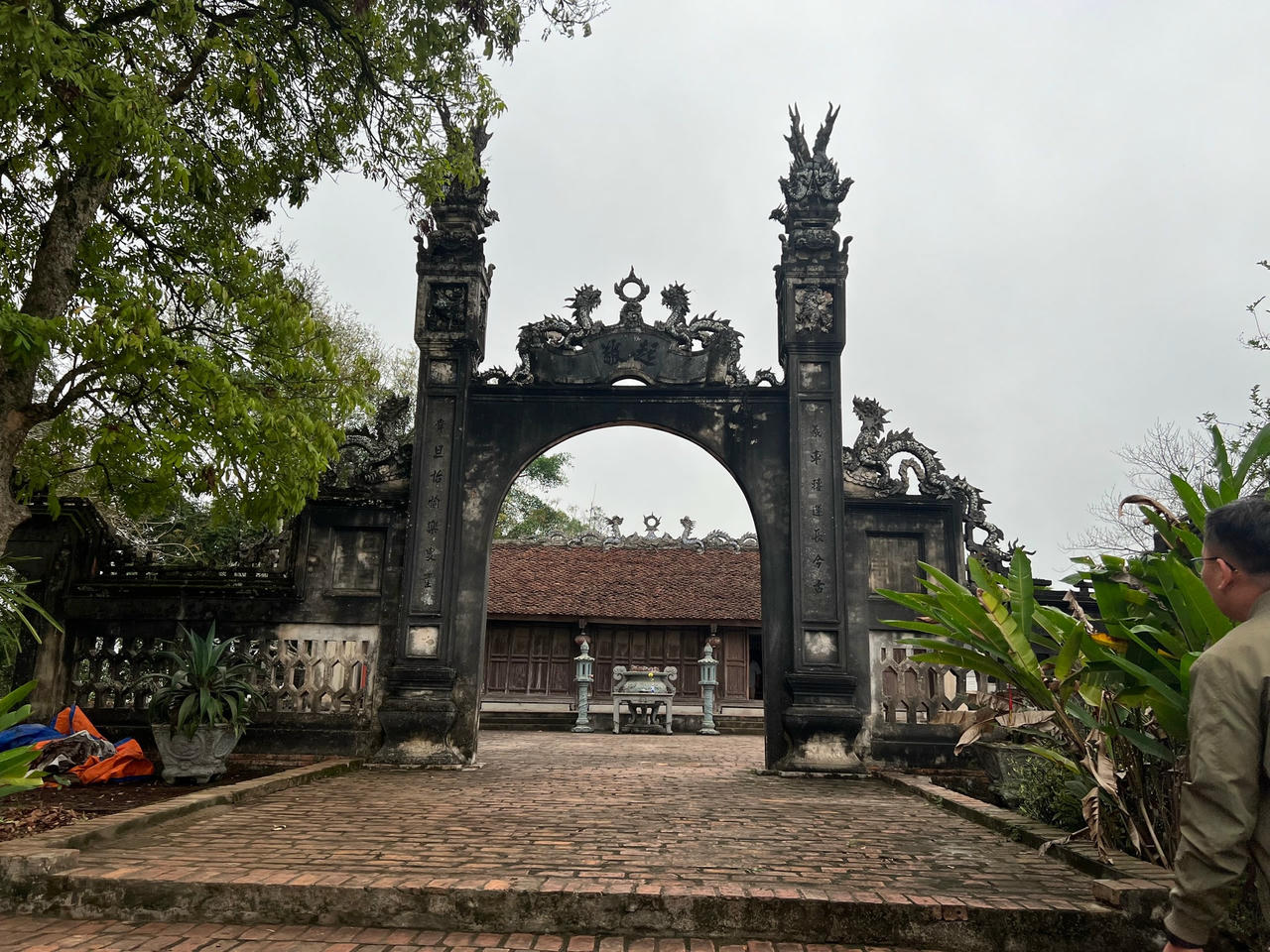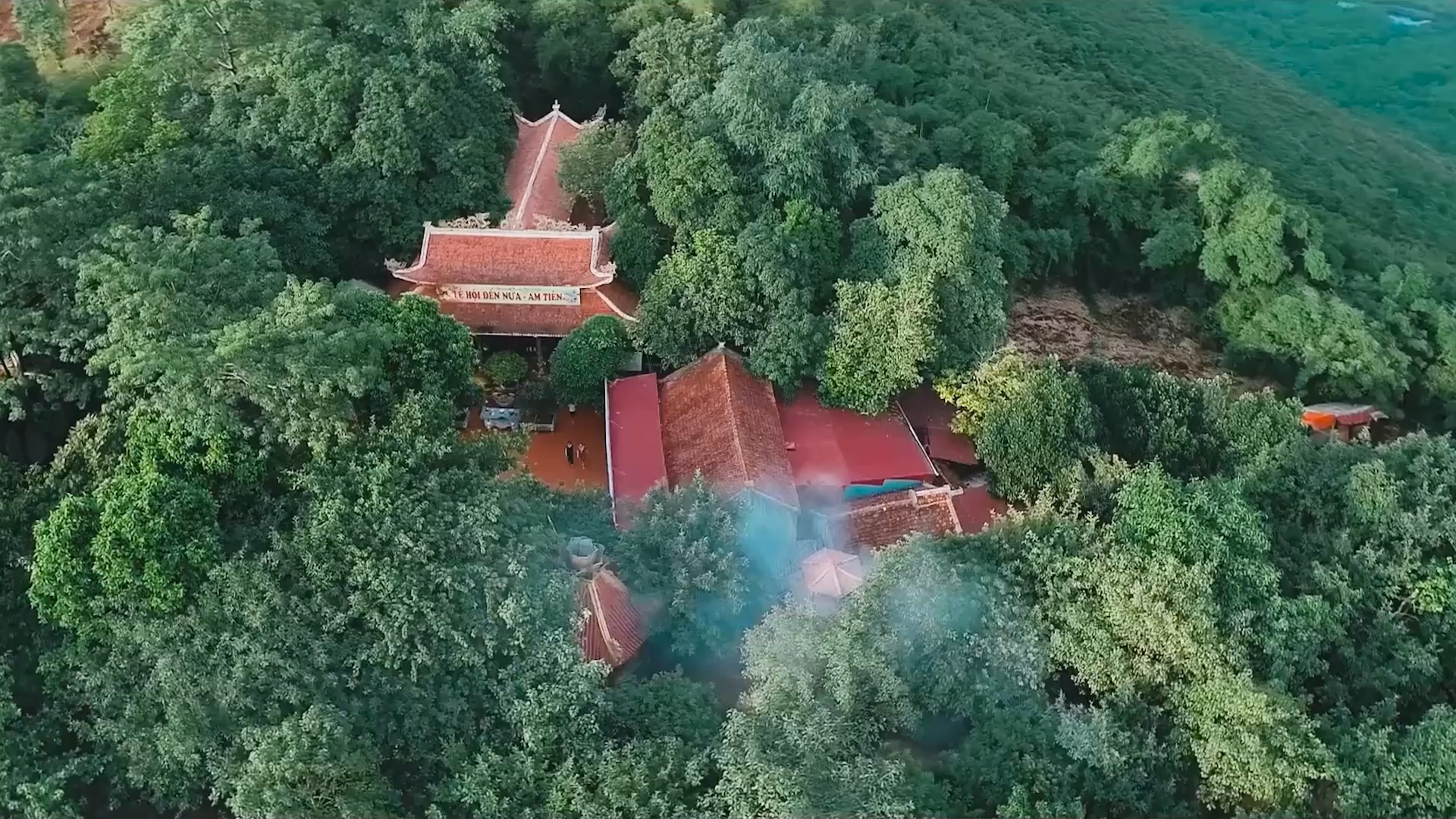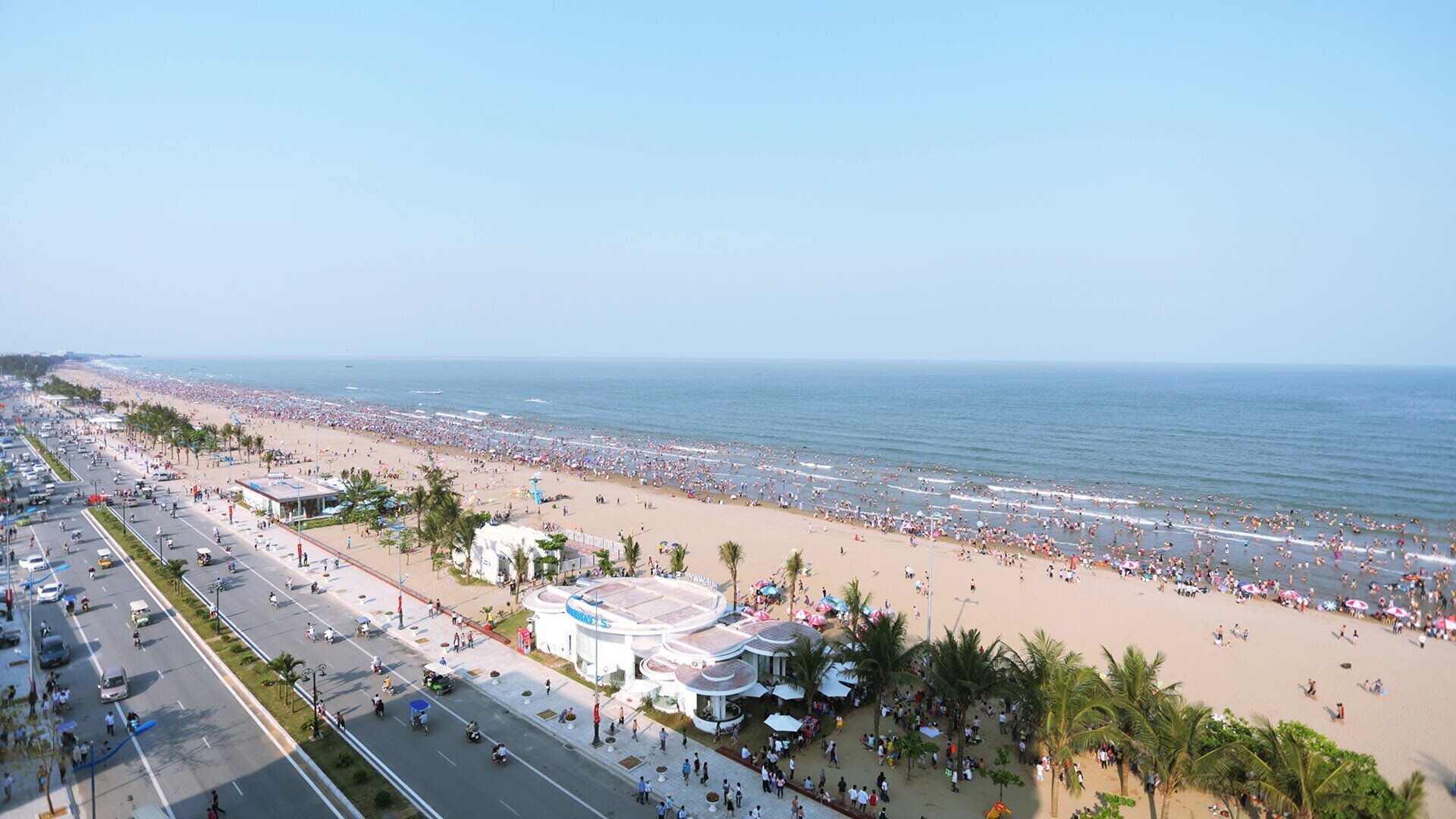Resources
- Lectures on Machine Learning in Vietnamese by Assoc. Prof. Thân Quang Khoát
- Hands-On Machine Learning by Aurélien Géron
- CS224N: Natural Language Processing with Deep Learning by Stanford University
- A book on Trustworthy Machine Learning
- A book on Interpretability in Deep Learning
- A list of blog posts on foundational knowledge in Machine Learning, Deep Learning, Computer Vision, and other stuffs in Vietnamese by anh Phạm Đình Khánh
Small notes: Some of these resources require a subscription to access the full content. Please contact me if you need help.
Stuffs
About Vietnam
Vietnam is a country in Southeast Asia. It is known for its rich culture and history, as well as its beautiful landscapes and cuisine. If you have chance to visit Vietnam, please come to try phở and bánh mì, two super famous Vietnamese dishes, which is already included in Oxford dictionary.
If you like mountains, please visit Sa Pa, Hà Giang, Hoàng Su Phì; if you like beaches, please visit Nha Trang, Hạ Long, Sầm Sơn, Phú Quốc; if you like historical sites, please visit Hội An, Huế, Hà Nội; if you like modern and dynamic cities, please visit Hồ Chí Minh City, Đà Nẵng.
Please check out the official tourism website if you want to know more about Vietnam. Don't hesitate to ask me for recommendations if you need any help through social media instead of LinkedIn or email (urghhh these things remind me of deadlines and never-ending to-do lists).
About Vietnamese Language
- Vietnamese is a tonal language, which means that the tone of a word can change its meaning. For example, the word ma (ghost - with the level tone) has different meanings depending on the tone. The acute-angry tone is má, the grave-lowering tone is mà, the smooth-rising is mả, the chesty-raised is mã, and the chesty-heavy is mạ.
- Vietnamese is a monosyllabic language, which means that most words have only one syllable, and we need to use several words to express a single meaning. For example, the word cake is bánh ngọt in Vietnamese, which shares a common word with wheel (bánh xe). This makes tokenization and word segmentation more challenging in our language.
- Vietnamese is a completely non-inflective language - no word ever changes its form in any context. That means, it has no concept of "masculine" or "feminine" words, and no plural forms for nouns, no participles for verbs.
- Tenses are super simple in Vietnamese. To put the verb into tenses, we just add an adverb before it. For examples:
- Past tense: đã (already): đi (to go) → đã đi (already went).
- Future tense: sẽ (will): đi (to go) → sẽ đi (will go).
- Present tense: đang (is): đi (to go) → đang đi (is going).
- In contrast to the simple tenses, nouns and verbs, pronouns in Vietnamese is a different universe. We use nouns as pronouns, so:
- If I'm talking to my friends (same age), I will be tôi, tớ or tao; my friends will be bạn, cậu or mày
- If I'm talking to my family, I will be con or cháu; my dad will be cha, bố, tía; my mom will be mẹ, má, bầm; my grandpa will be ông; my grandma will be bà.
- If I'm talking to my teacher, I will be em or con; my teacher will be thầy or cô.
Urghhh I think I can stop here for you not to be confused 😢
About My Hometown
My hometown is Phú Thọ province, Vietnam. An interesting fact about my hometown is that it has a temple called "Đền Quốc tế", which lasts for more than 2300 years. Some people may translate it to "International Temple", but its name means "Temple of the Country" in Vietnamese (i.e. Quốc gia Tế lễ).

Some interesting facts about my hometown:
- It's the first capital of Vietnam, which is from 4000 years ago.
- It's the only province has "ngã ba sông" (three rivers meet) in Vietnam.
- We has a type of performance art called "Hát xoan", which is recognized as a UNESCO Intangible Cultural Heritage.
However, I was raised in Thanh Hoá, a large province with many famous places. Only 20 minutes away from my hometown, there is a place called "Am Tiên", which is known as where the heavens open. Thanh Hoá also has a well-known beach called "Sầm Sơn", with amazing waves and sand dunes.


 MBZUAI
MBZUAI